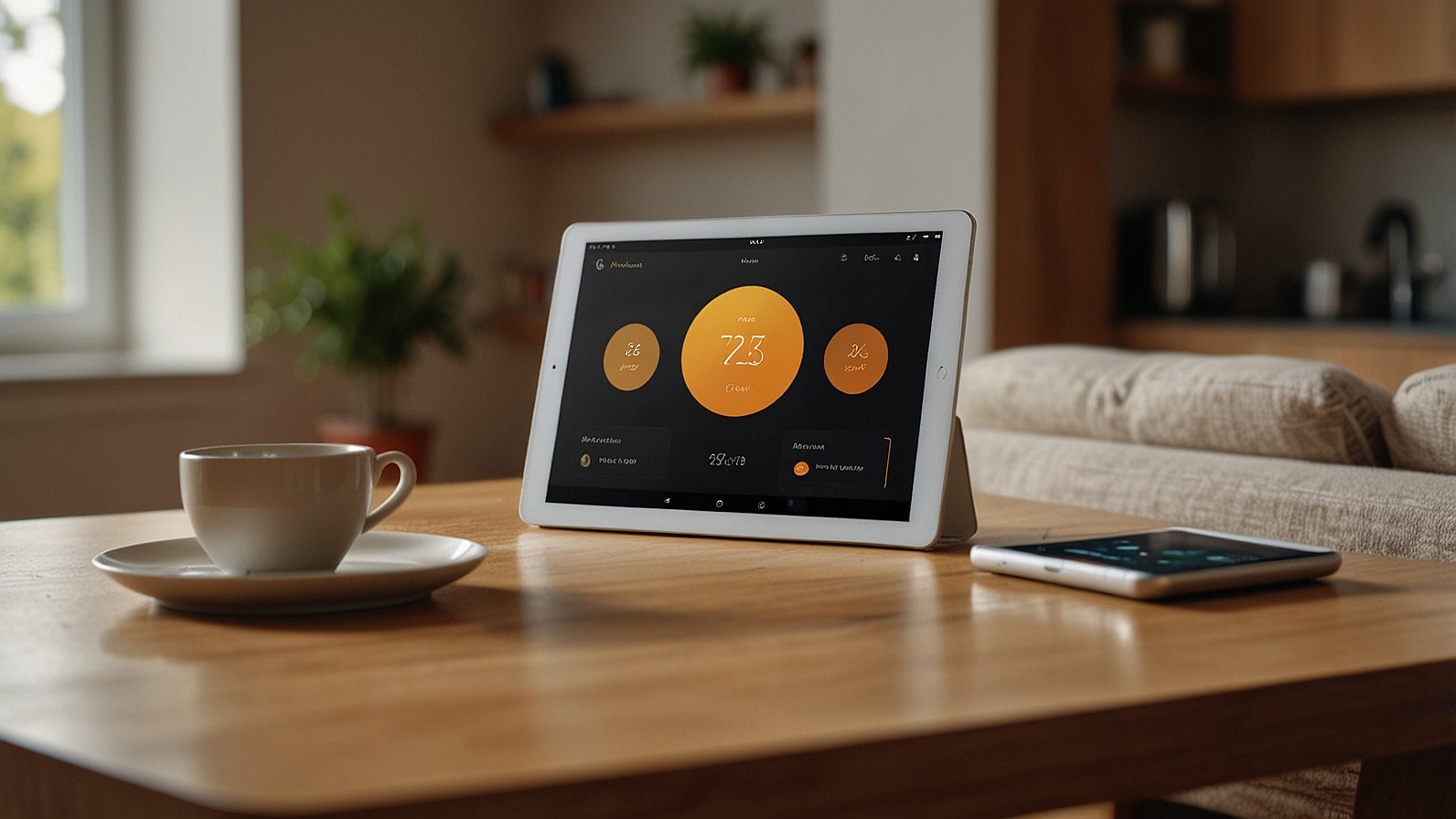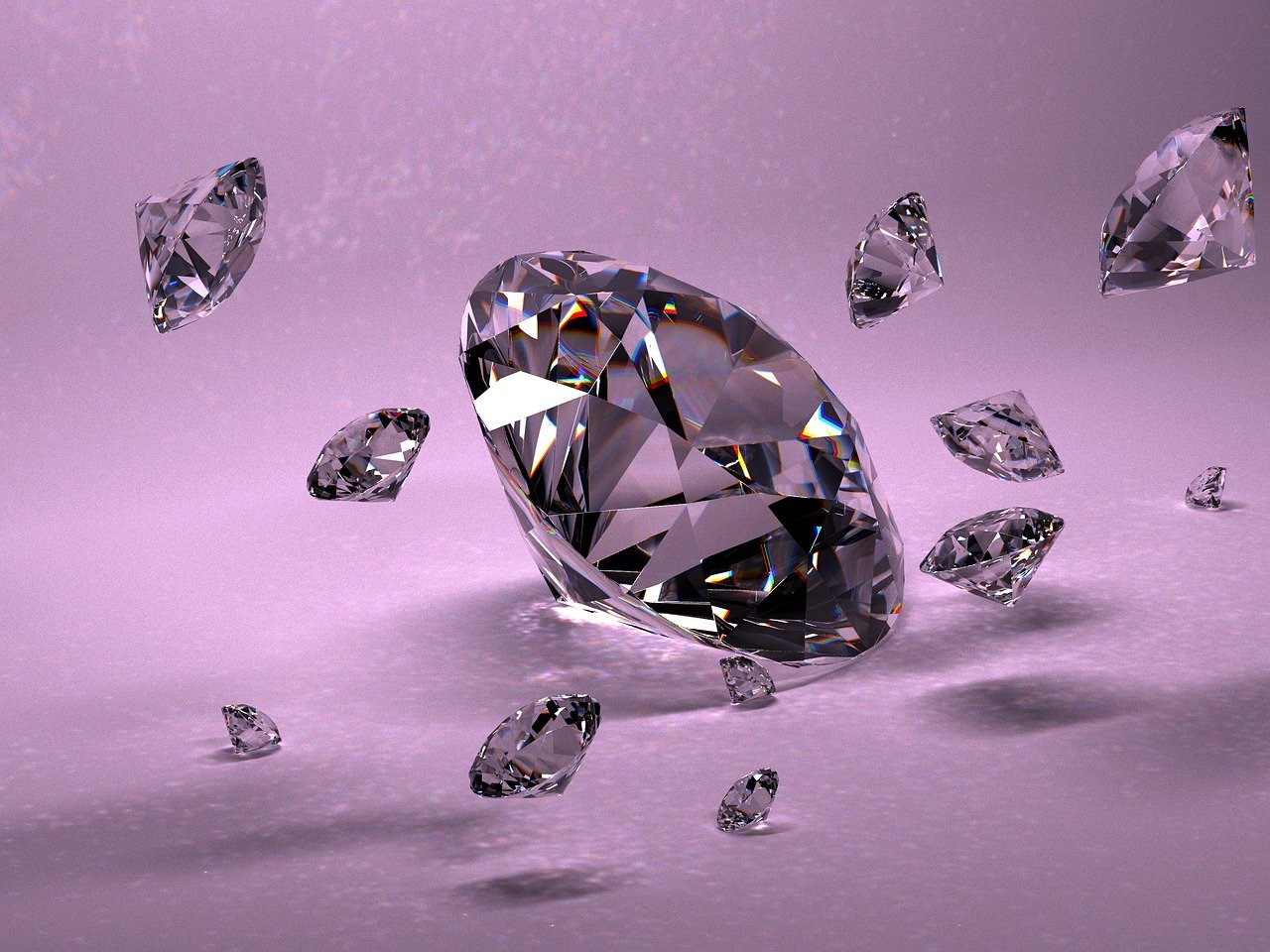Why match? Coordination that still feels personal
Matching couple engagement rings aren’t about wearing clones—they’re about telling one story, two ways. Coordinated metals, finishes, or motifs photograph beautifully, feel intentional, and make future stacking a breeze. Think of it like a capsule wardrobe for your hands: the pieces “talk” to each other without being identical.
Coordination works best when you match the theme, not the blueprint. Pair platinum with platinum, or echo a finish (brushed, satin, high polish), repeat a motif (knife-edge, milgrain, a tiny heart), or keep gemstones in the same color family. And keep your budget practical: spend where durability lives—secure prongs, quality pavé, and the right metal—not only on carat weight. You’ll feel that value every day.
Engagement rings—couples’ strategies that work
Start with a shared foundation. Choose a metal family (platinum/white, yellow, or rose) and a finish you both like; that alone ties the look together. Then create design echoes: her solitaire with a slim knife-edge band, his band with a knife-edge profile to match. If she loves a halo, mirror that texture on his band with subtle milgrain or a brushed rim.
For the center stone, any classic lane works—solitaire, halo, three-stone, pavé—just tailor specs to lifestyle. Use six prongs for larger centers, and consider lab-grown for more size or moissanite for value. One overlooked move: choose the wedding bands now (straight or contour) so her engagement ring stacks cleanly later and his band complements the set. That’s how engagement ring sets feel cohesive from day one.
Promise rings—pre-engagement styles built to stack or reset
Promise rings set a lean, lower-profile for comfort. Petite bezels, slim solitaires, mini eternity bands, and slim pavé are wearable, photogenic, and affordable. Add couple motifs to personalize: coordinates from your first trip, birthstones, initials, or micro-signets with a flush-set letter. Lock-and-key or infinity themes say “we belong” without shouting.
Budget stays flexible here. Sterling or 10k/14k gold keeps spend sensible; moissanite or a small lab-grown diamond brings sparkle without stress. If you plan to propose later, design with an upgrade path: a promise center that can be reset into a proposal-ready setting or stacked beside it.
Metals, finishes & color mapping across two hands
If you want “white” metal on both rings, decide between platinum and white gold: platinum is naturally white and develops a soft patina; white gold is bright but needs rhodium replating over time. Prefer warmth? Yellow and rose gold bring vintage energy and flatter skin tones. Two-tone is a smart bridge—white prongs on yellow/rose shanks brighten the center while keeping that cozy hue. Finishes are your secret weapon: one of you can go satin while the other wears high polish, or both choose a hammered texture for a subtle match that reads artisanal.
Stones & settings by style lane (minimalist → iced)
Minimalist pair. A bezel solitaire for her and a low-domed band for him; rounded edges and a low profile make these all-day comfortable.
Classic pair. A cathedral solitaire or hidden halo for her, matched to his channel or light pavé band using similar bead sizes.
Modern pair. Her toi et moi or east-west emerald/oval; his geometric or signet-style band with a clean edge or single flush stone.
Iced pair. Micro-pavé, channel, or baguette rows on both; confirm a maintenance cadence for dense pavé so the set stays tight.
Material reality: Natural diamond suits heirloom builds and certification; lab-grown gives the same optics with a bigger look per dollar; moissanite delivers high fire and value. Any of the three can anchor matching couple rings—choose by look, budget, and how you’ll wear them.
Custom & engraving for two (details that tie it together)
Shared engravings are a simple way to unify his and hers rings without copying the entire design. Try split phrases (half in each ring), Roman numerals of your date, coordinates, or tiny icons (∞, ♥). For something personal, add a fingerprint, a soundwave of a vow, or a hidden birthstone in each gallery. Repeatable design cues—milgrain edges, a knife-edge, or tapered shanks—quietly connect both rings. On process: request CAD renders, know the revision limit, confirm timeline, and read the warranty/final-sale policy before you approve.
Sizing, comfort & care—built for long days
Comfort is part of design. Comfort-fit interiors help wider bands glide over the knuckle and feel better at a keyboard or in gloves. If her center makes the ring top-heavy, add euro-shank corners, sizing beads, or inner liners to reduce spin. Plan resizing: full/near-full eternity, tension, and channel-all-around builds are limited; tungsten/titanium bands are often non-resizable—discuss options early. Keep a simple care cadence: soft brush + mild soap weekly, pro inspections every 6–12 months, rhodium for white gold as needed, and anti-tarnish storage for silver.
Compare snapshot + Buyer checklist + FAQs
Snapshot (Engagement vs Promise)
- Occasion: proposal-ready heirloom vs meaningful step/stackable symbol.
- Build: larger, certified center common vs petite/low-profile center or motif.
- Path: wedding-band pairing vs stack/reset into future engagement.
Buyer checklist
Milestone & message → choose a style lane (minimalist/classic/modern/iced) → pick shared elements (metal, finish, motif) → select stone (natural/lab-grown/moissanite) → set profile height & comfort plan → confirm sizing/resizing policy → finalize engraving → (if diamond) keep GIA/IGI with appraisal → align care/warranty.
FAQs
Do couples have to match metals? No. Match finish or motif if metal colors differ.
Can a promise ring slot into the engagement stack later? Yes—design stack-friendly proportions or plan a reset from day one.
Platinum or white gold for daily wear? Both work. Platinum patinas gracefully; white gold stays bright with periodic rhodium.
YOU MAY ALSO LIKE: Beyond Fashion: Understanding the Art and Craftsmanship of Custom Chains











